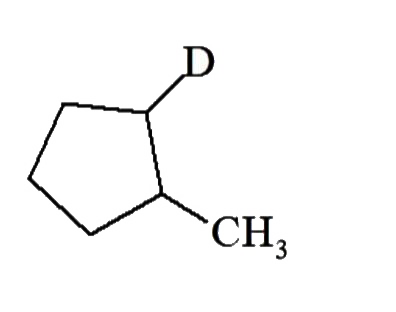Which of the following process is used in the conversion of pyruvate to acetyl CoA ?
oxidative decarboxylation
Oxidative decarboxylation
Oxidative dehydration
Oxidative phosphorylation.
The correct Answer is:A
To solve the question regarding the conversion of pyruvate to acetyl CoA, we can break down the process step by step:
1. Understanding Pyruvate:
- Pyruvate is a 3-carbon compound produced from glycolysis. Before entering the Krebs cycle, it must be converted to acetyl CoA.
2. Decarboxylation Process:
- The conversion of pyruvate to acetyl CoA involves the removal of one carbon atom in the form of carbon dioxide (CO2). This process is known as decarboxylation.
3. Formation of NADH:
- During this reaction, NAD+ is reduced to NADH. This means that NAD+ accepts electrons and a proton (H+), which is a key step in the process as it captures energy.
4. Addition of Coenzyme A:
- Coenzyme A (CoA) is then added to the remaining 2-carbon molecule (acetyl group), resulting in the formation of acetyl CoA.
5. Overall Reaction:
- The overall reaction can be summarized as:
- Pyruvate + CoA + NAD+ → Acetyl CoA + CO2 + NADH
6. Identifying the Process:
- The entire process is classified as oxidative decarboxylation because it involves both the oxidation of NAD+ to NADH and the decarboxylation (removal of CO2).
Conclusion:
The correct answer to the question is that the process used in the conversion of pyruvate to acetyl CoA is oxidative decarboxylation.
---
- Pyruvate is a 3-carbon compound produced from glycolysis. Before entering the Krebs cycle, it must be converted to acetyl CoA.
- The conversion of pyruvate to acetyl CoA involves the removal of one carbon atom in the form of carbon dioxide (CO2). This process is known as decarboxylation.
- During this reaction, NAD+ is reduced to NADH. This means that NAD+ accepts electrons and a proton (H+), which is a key step in the process as it captures energy.
- Coenzyme A (CoA) is then added to the remaining 2-carbon molecule (acetyl group), resulting in the formation of acetyl CoA.
- The overall reaction can be summarized as:
- Pyruvate + CoA + NAD+ → Acetyl CoA + CO2 + NADH
- The entire process is classified as oxidative decarboxylation because it involves both the oxidation of NAD+ to NADH and the decarboxylation (removal of CO2).
The correct answer to the question is that the process used in the conversion of pyruvate to acetyl CoA is oxidative decarboxylation.
Topper's Solved these Questions
- RESPIRATIONBOOK - DINESH PUBLICATION ENGLISHCHAPTER - RESPIRATIONEXERCISE - CHECK YOUR GRASP
20 Videos
- RESPIRATIONBOOK - DINESH PUBLICATION ENGLISHCHAPTER - RESPIRATIONEXERCISE - CHECK YOUR GRASP
20 Videos
- REPTILIA-CREEPING VERTEBRATESBOOK - DINESH PUBLICATION ENGLISHCHAPTER - REPTILIA-CREEPING VERTEBRATESEXERCISE - CHECK YOUR GRASP
10 Videos
- ROOTBOOK - DINESH PUBLICATION ENGLISHCHAPTER - ROOTEXERCISE - CHECK YOUR GRASP
10 Videos
Similar Questions
Knowledge Check
Which of the following reactions is used for the conversion of ketone into hydrocarbons?
AAldol condensationBWolf Kishner reductionCReimer -Tiemann reactionDPerkin reactionWhich of the following reaction conditions is used for the conversion of ethanol to ethylene?
Aconc. H2SO4/70∘CBdil. H2SO4/140∘CCdil. H2SO4/100∘CDconc. H2SO4/170∘CWhich of the following conversions is incorrect?
A1 curie =3.7×1010g−1B1 barn =10−25m2C1 quintal =100kgD1 litre =10−3m3
Which of the following is used for the conversion of 1-methylcyclopentene to

View Solution
Which of the following reagent can be used for above conversion ?
View SolutionWhich of the following process makes direct use of oxygen ?
View SolutionWhich of the following conversions is correct ?
View Solution
Which of the following reagents can be used for above conversion?
View Solution
